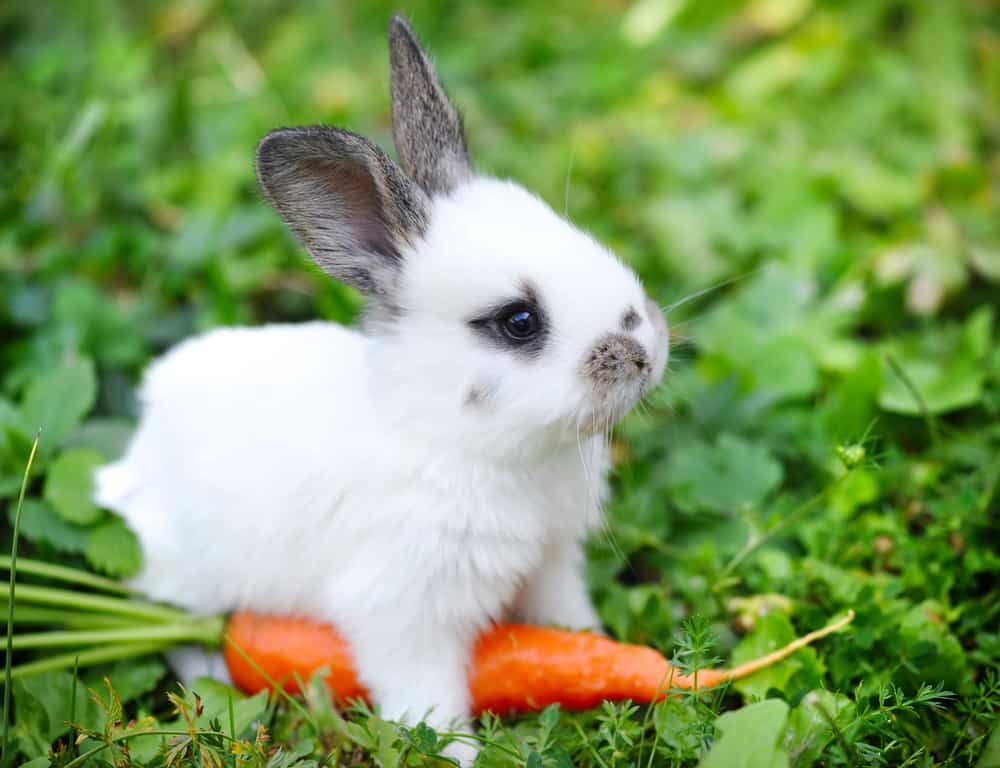
History
The domestic rabbit is a descendant of the wild European rabbit. The scientific name for rabbit is actually ‘Oryctolagus Cuniculus’ which means “a hare-like digger of underground passages”. The domestication of rabbits is believed to have begun when medieval monks began to keep rabbits as their source of food. About 4,000 years ago, the European wild rabbit evolved on the Iberian Peninsula, the name “Hispania” (Spain) was translated from the name given to that area by Phoenician merchants, meaning ‘land of the rabbits’. Wild rabbits are said to have been first domesticated in the 5th century by the monks in France. Rabbits were so adaptable to human life they eventually became pets.
Life Span
Domestic rabbits live for an average of 5-15 years, depending on the breed. Large rabbits tend to live longer than small rabbits.
Distribution and Habitat
While originally from Europe and Africa, rabbits now call many places home. Rabbits have been introduced to many countries, including New Zealand, Australia and Chile. They can be found in woods, forests, meadows, grasslands and wetlands.
Behaviour in the Wild
Wild rabbits usually create their own homes by tunneling into the ground. These tunnels are called “warrens”. Domestic rabbits often live in cages, though many rabbit owners let their pet rabbits run freely around their home for exercise and only use their rabbit cage for sleeping. Warrens serve as rooms for both nesting and sleeping. Rabbits feed on grass and leafy plants, but when scarcity occurs, they will also feed on bulbs, bark and twigs for food.

What’s it like to keep a pet rabbit?
Pros
- Rabbits are extremely playful and entertaining to watch.
- Rabbits can be litter-trained very effectively.
- Rabbits are quiet and tame creatures.
- Rabbits can live longer than most other smaller pets, e.g. hamsters, rats and mice.
- Rabbits can live in groups, or even alone.
- Rabbits can be really loyal pets.
Cons
- Initial cost for rabbit is quite small, but veterinary and other necessity bills in the succeeding months will be more pricey.
- Rabbits can be very messy.
- Rabbits can be destructive, especially with clothes and home furniture.
- Litter trays and beds can often smell badly.
- Rabbits are very playful, but they don’t like to be picked up too much.
- Rabbits can be stubborn when you are first trying to train them.
- Rabbits can easily get frightened, especially on Bonfire Night.
The world’s largest Rabbit is from Worcester in the UK. He was named “Darius” by his owner, Annette Edwards and weighs approximately 50 pounds. He is currently 4ft, 3 inches in length, is insured for around £1.6 million and even has his own body guard!
Young rabbits are born with their eyes closed and without any fur at all.
A rabbit symbol is often used to show that a product was not tested on animals. This is because rabbits have traditionally been used in product safety testing.

Rabbit Information From The Blue Cross

Official Rabbit Welfare Association And Fund Website
